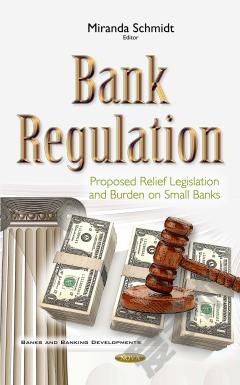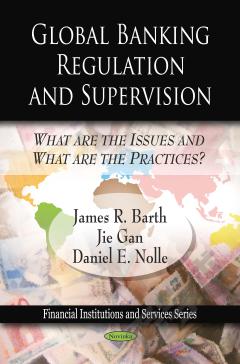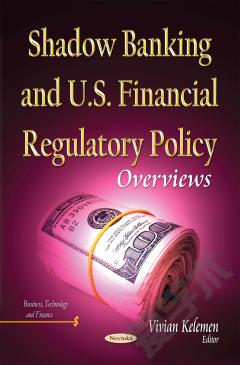Bank Failures and Regulatory Responses: Lessons and Oversight Efforts
Weakness in federal oversight was one of many factors that contributed to the size of federal losses and the number of bank failures in banking-related crises over the past 35 years— including the 1980s thrift and commercial bank crises and the 2007– 2009 financial crisis. Resolving the failures of banks and thrifts due to these crises resulted in estimated costs to federal bank and thrift insurance funds over $165 billion, as well as other federal government costs, such as taxpayer-funded assistance during the financial crises. Ongoing monitoring of banking regulators’ efforts to identify and respond to emerging threats to the banking system can provide a starting point for identifying opportunities for more targeted and frequent assessments of these efforts. This book discusses regulatory lessons learned from these past crises and offers a framework that the Government Accountability Office and other oversight bodies, such as inspectors general, can use to provide continuous future oversight of regulatory responses to emerging risks. It analyzes failed state member bank reports that the Office of the Inspector General issued between June 29, 2009, and June 30, 2011, to determine the common characteristics, circumstances, and emerging themes related to the cause of the bank failures and Federal Reserve supervision of the failed institutions.
{{comment.content}}








 京公网安备 11010802027623号
京公网安备 11010802027623号